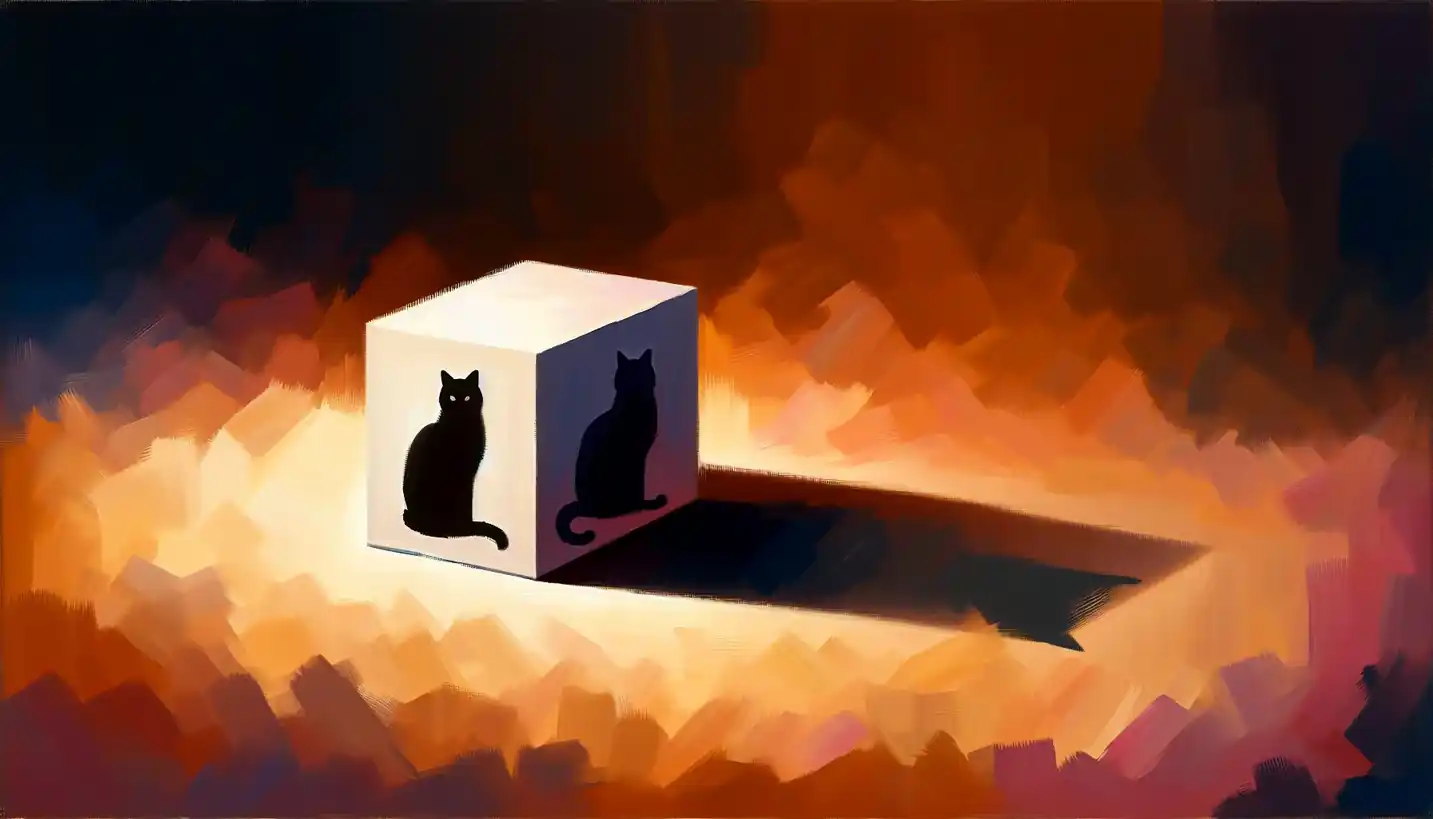· Physics · 4 min read
Quantum Electrodynamics: The Dance of Light and Matter
Quantum electrodynamics describes the intricate dance between light and matter, weaving a narrative of interaction. Unravel the complex beauty of this quantum ballet.

Alright, so let’s dive into the fascinating world of quantum electrodynamics, or QED for short. Imagine trying to catch a glimpse of how light, which we see every day, actually interacts with matter at its most fundamental level. This is what QED aims to explain. It’s like watching an intricate dance where electromagnetic forces dictate the steps and rules.
What is Quantum Electrodynamics?
Quantum electrodynamics is a key part of quantum field theory. It’s like the bridge that connects a little bit of magic to reality—it’s how physicists describe how light, or photons, interact with charged particles like electrons. Think of QED as a beautifully precise recipe book that explains and predicts how these interactions happen and why.
The Birth of QED
The story of QED begins in the early 20th century when scientists were scratching their heads over how to reconcile the mysterious world of quantum mechanics with the well-established theories of electromagnetism. Names like Richard Feynman, Julian Schwinger, and Sin-Itiro Tomonaga became synonymous with QED, as they pieced together this revolutionary theory and later shared a Nobel Prize for their work.
How Does QED Work?
At its core, QED revolves around the interactions between light and matter. Imagine electrons and photons as tiny dancers in a ballroom. They move, twirl, and interact in incredibly complex ways. The beauty of QED is that it uses mathematics to choreograph this dance, predicting outcomes with stunning accuracy.
Virtual Particles and Feynman Diagrams
A really fun part of QED is the concept of “virtual particles.” These are particles that pop in and out of existence in a flash. To visualize their dance, Feynman introduced diagrams that look a bit like doodles but are a powerful tool for calculating these interactions.
Picture a graph where electrons and photons are represented by lines and squiggles. These diagrams make it easier to understand and compute complex interactions. They’re like a shorthand for understanding the steps in this quantum dance.
Why is QED Important?
QED isn’t just a theoretical playground—it’s fantastically accurate. It’s considered one of the most successful theories in physics because it can predict results with astounding precision. For example, the magnetic moment of the electron, calculated using QED, matches the experimental value to an astonishing degree of accuracy.
Everyday Impacts
Even if QED seems abstract, its applications affect our everyday lives. The technology that powers our cell phones, computers, and even medical imaging devices like MRIs, all rely on principles rooted in quantum mechanics and QED.
Challenges and Curiosities
Understanding QED can still feel like trying to solve an intricate puzzle. Despite its success, mysteries remain. One giant question is how to unify QED with the other forces of nature, especially gravity. Physicists are still searching for a “theory of everything” that fully integrates all known forces, and QED is a vital piece of this puzzle.
The Future of QED
Researchers continue exploring the depths of QED, investigating how it could expand or evolve. For instance, experiments pushing the limits of electromagnetic fields might uncover new insights or phenomena beyond what QED currently explains.
Could there be a deeper understanding that unlocks mysteries we haven’t even thought of yet? The future of QED is open-ended, sparking curiosity and questions among scientists and enthusiasts alike.
Wrapping Up the Dance
Quantum electrodynamics is an elegant dance of light and matter, explaining interactions that seem almost magical. It not only helps decode the fabric of the universe but is also central to technologies that define our modern world.
As we continue to question and explore, QED remains a beacon of our growing understanding. Whether it’s through Feynman diagrams or the awe-inspiring accuracy of its predictions, quantum electrodynamics captures the imagination, unveiling the hidden dance that shapes our universe.
So next time you flip on a light or swipe your phone, remember there’s a little bit of QED magic in the science making it all possible. This understanding, while complex, is a testament to human curiosity and our relentless pursuit of knowledge.


